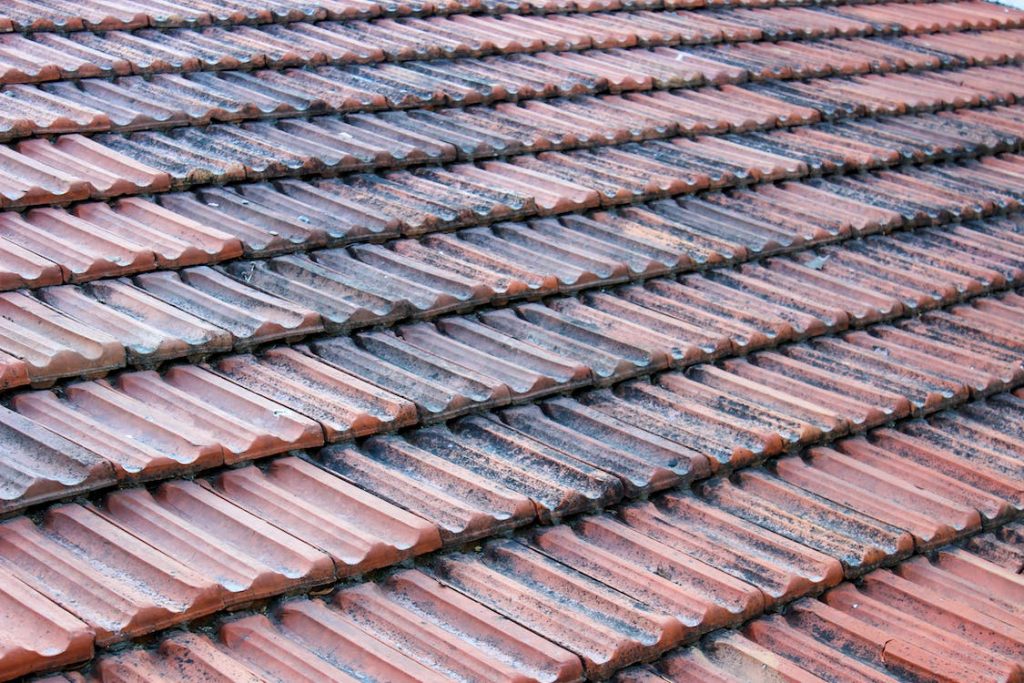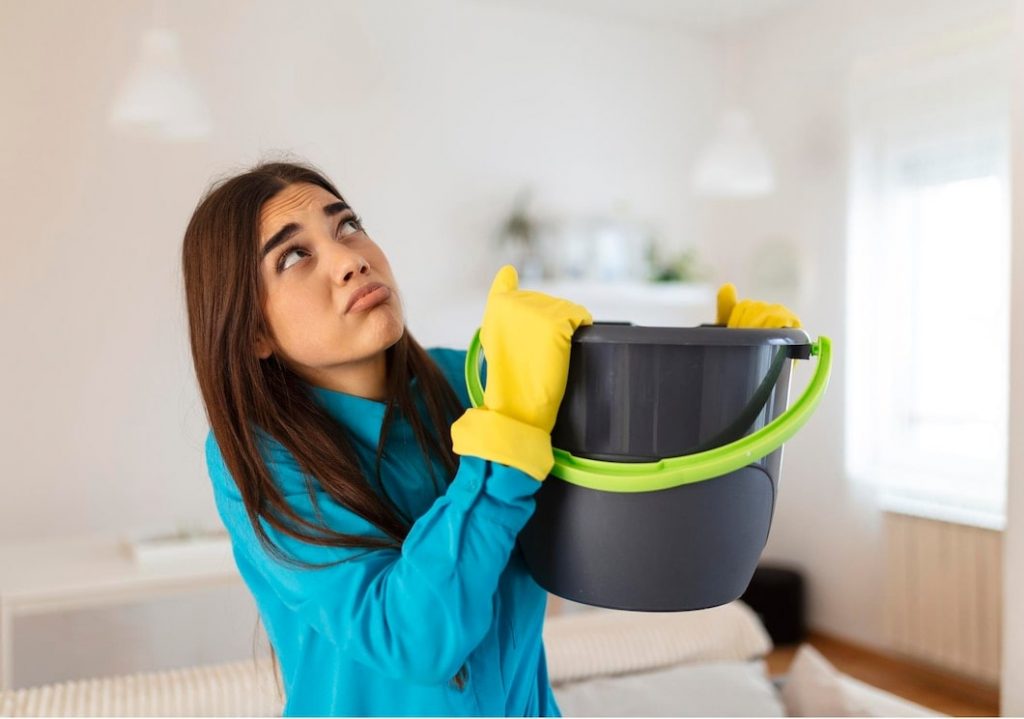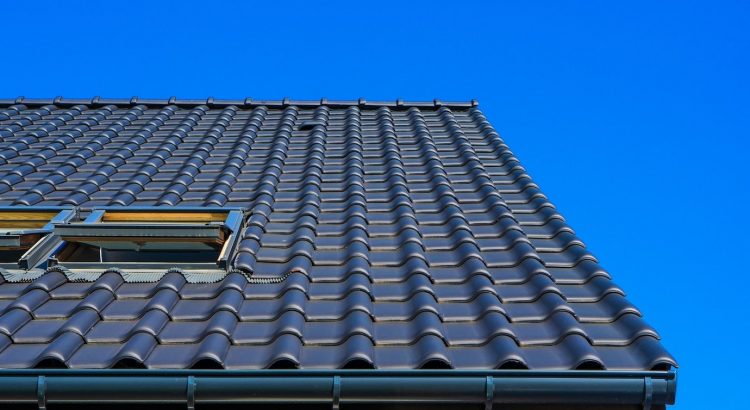After a severe storm, it’s crucial to inspect your roof for damage. Even if you don’t see any apparent damage, there could be hidden problems that could cause serious issues down the road. This blog post will review some of the most common signs of storm damage so you’ll know what to look for when checking your roof.
Missing or Damaged Shingles

One of the most obvious signs of storm damage is missing or damaged shingles. If you see any bare spots on your roof, having a professional take a closer look is a good idea. Even if the damage doesn’t seem significant, it could lead to bigger problems.
Granules in the Gutters
Another sign that your roof might be damaged is granules in the gutters. Granules are the small pieces of asphalt that give shingles their color and texture. If you start seeing them in your gutters, it means that they’re starting to come loose from the shingles. This is usually a sign that the shingles are beginning to deteriorate and will need to be replaced soon.
Leaks in the Attic

If you have leaks in your attic after a storm, there’s a good chance that your roof was damaged. These leaks can be challenging to spot, so it’s essential to check your attic regularly after a severe storm. If you do find leaks, it’s best to call a professional right away, as they can quickly turn into expensive repairs.
Water Spots in the Ceiling
Another sign of a roof leak is water spots in your ceiling. If you start to see these, taking action immediately is vital. The sooner you can patch the leak, the less damage it will cause. If you’re concerned that your roof might be damaged after a storm, it’s best to call a professional roofing contractor to take a look. They’ll be able to spot any problems and recommend the best course of action.
Shingle or Flashing Indentations
If you notice any indentations in your shingles or flashing, it’s a good idea to have a professional roofer take a look. These indentations could be caused by hail damage or high winds. If left untreated, they could lead to leaks or other serious problems. If you worry about the cost, check if your insurance policy covers storm damage. Many policies will cover the cost of repairs if your roof is damaged by a severe storm.
Conclusion
Storm damage can often be challenging to spot, but it’s crucial to inspect your roof regularly after severe weather. Keep an eye out for missing or damaged shingles, granules in your gutters, and leaks in your attic. If you do find any of these signs, it’s best to call a professional right away, as they can quickly turn into expensive repairs. A roofing contractor will be able to assess the damage and recommend the best course of action. They can also help you file an insurance claim if necessary.
